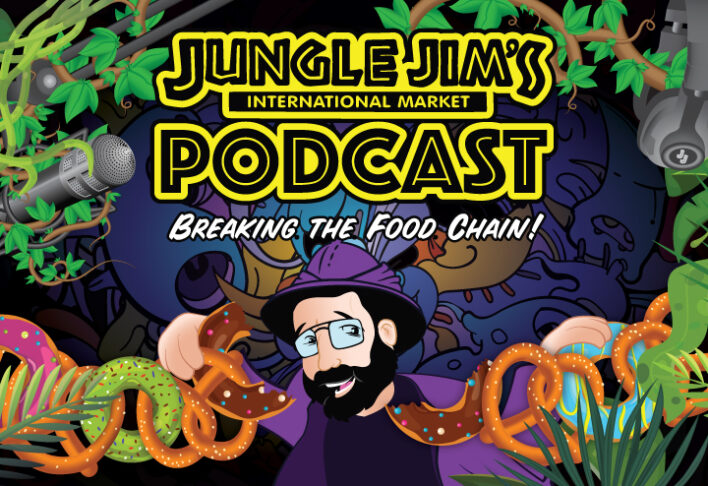
Discoveries at the Jungle: Maple
Back to feed- Posted: 11/1/2018
- Categories: Discoveries at the Jungle

What can we say about maple syrup? Without it, pancakes would be inedible, children’s’ hands wouldn’t be mysteriously sticky, and the world would be a much less interesting place. We wouldn’t have those delightfully molded maple candies, bacon would be slightly less magnificent, and baked bean brands around the nation would suffer. All in all, maple syrup is the bee’s knees (or, rather, the tree’s squeeze), which is why our Discoveries at the Jungle feature for November is Maple! We’ve scoured the far reaches of our stores to find the best, the brightest, and the finest maple foods for you to savor, relish, and delight in for the entire month of November! So, please, join us as we welcome November, which will hereafter be renamed the Month of Maple, with open arms!
Fun facts you might not know about maple syrup:
1. In Vermont, it’s illegal to use the word “maple” to describe a food that doesn’t contain 100% pure maple syrup. They are serious about their syrups! In fact, McDonald’s violated this law in 2011 for marketing a Maple Oatmeal product that didn’t contain 100% pure maple syrup. Vermont authorities quickly took action and McDonald’s was forced to begin offering pure maple syrup to Vermont customers who purchased the oatmeal.
2. It takes about 40 gallons of sap to produce 1 gallon of syrup! Maple sap is actually about 98% water, all of which must be boiled off to distill the syrup. This is typically done in an outdoor building called a sugar shack. After undergoing a reverse osmosis process to remove some of the water, the sap is poured into large stainless steel pans which are then placed over an intense fire. As the water boils away, the sugar caramelizes and the sap thickens to create syrup!
3. Pure maple syrup is high in important nutrients (but don’t let that distract you from the sugar). Many in the health food world like to tout maple syrup as a superfood sugar substitute, but this is simply not true! Sure, maple syrup can be used in place of sugar and it does contain important nutrients like riboflavin, zinc, magnesium, calcium, and potassium, but it’s still a source of added sugar and should always be consumed in moderation.
4. Maple syrup has been made in the United States for centuries. The first record of American maple sugaring dates back to 1557 when a French explorer named André Thévet documented the experience of tasting maple sap for the first time. However, it’s very likely that Native Americans used maple sap as a sweetener long before this, we just don’t have documented evidence of their processes! Until the 1930s, the United States supplied most of the world’s maple syrup. Nowadays, Canada is in the lead, producing more than 80% of all maple syrup consumed worldwide.
5. Maple trees must be at least 40 years old before they can be used in maple syrup production. Talk about a long-term investment! A maple tree must be at least 12 inches in diameter before it can be tapped and this typically takes at least 40 years. If a tree is tapped at a younger age, the spile could harm the tree and the tree may not produce as much sap.


